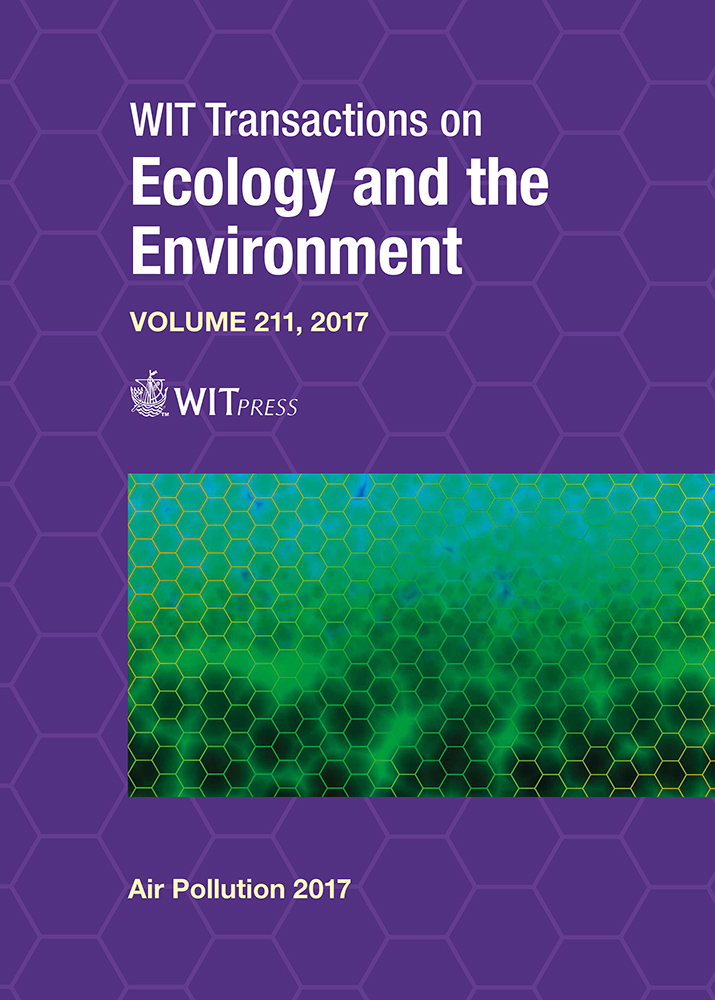INVESTIGATION OF O3 ENTRAINMENT AT A NORTH-ITALIAN MONITORING STATION DURING THE PERIOD 2006–2015
Price
Free (open access)
Transaction
Volume
211
Pages
10
Page Range
87 - 96
Published
2017
Size
1,784 kb
Paper DOI
10.2495/AIR170091
Copyright
WIT Press
Author(s)
NIELS ROLAND JENSEN, PAVLOS KALABOKAS, MAURO ROVERI, JENS HJORTH
Abstract
High ozone levels at the Earth’s surface are known to be harmful to human health as well as vegetation, and the tropospheric ozone also plays an important role in global climate change. Its sources and sinks are, therefore, important to understand. During a 10-year timeframe (2006–2015), entrainment of ozone into the boundary layer was investigated at a regional measuring station in Northern Italy (EMEP/GAW-station, JRC-Ispra, 45.807°N/8.631°E, 223 m above-sea-level), using the in situ measurements of air-pollutants, including ozone, meteorological parameters and weekly averaged 7Be and 210Pb activities. The ratio 7Be/210Pb was used as an indicator of the contribution of transport from the stratosphere/upper-troposphere to the composition of the air-masses at surface-level. Diurnal variations in ozone, humidity and 222Rn concentrations were used to detect episodes with entrainment of air from the free-troposphere into the boundary layer. Daytime ozone showed a positive correlation to the ratio 7Be/210Pb for all years, but with large variations in the correlation coefficient between the years, indicating that the importance of transport from stratosphere/upper-troposphere has large variations from year to year. 7Be/210Pb had in this investigation a mono-modal log-normal distribution. Lee et al. (Analyses and comparisons of variations of 7Be, 210Pb and 7Be/210Pb with ozone observations at two Global Atmospheric Watch stations from high mountains. J Geophys Res, 2007) found a bimodal log-normal distribution at two high-altitude sites, where the second mode was attributed to episodes of stratospheric-intrusion. Thus, it appears that we do not see, at the low altitude JRC-Ispra station, such clear-cut episodes dominated by stratospheric-intrusions, but a combination of ozone from in situ boundary layer photochemistry, tropospheric transport and stratospheric contributions. This conclusion is confirmed by looking at variations of the parameters O3, humidity and 222Rn, combined with back-trajectories.
Keywords
ozone, natural radionuclide tracers, entrainment, atmospheric pollutants, atmospheric tracers, troposphere, free-troposphere, stratosphere





